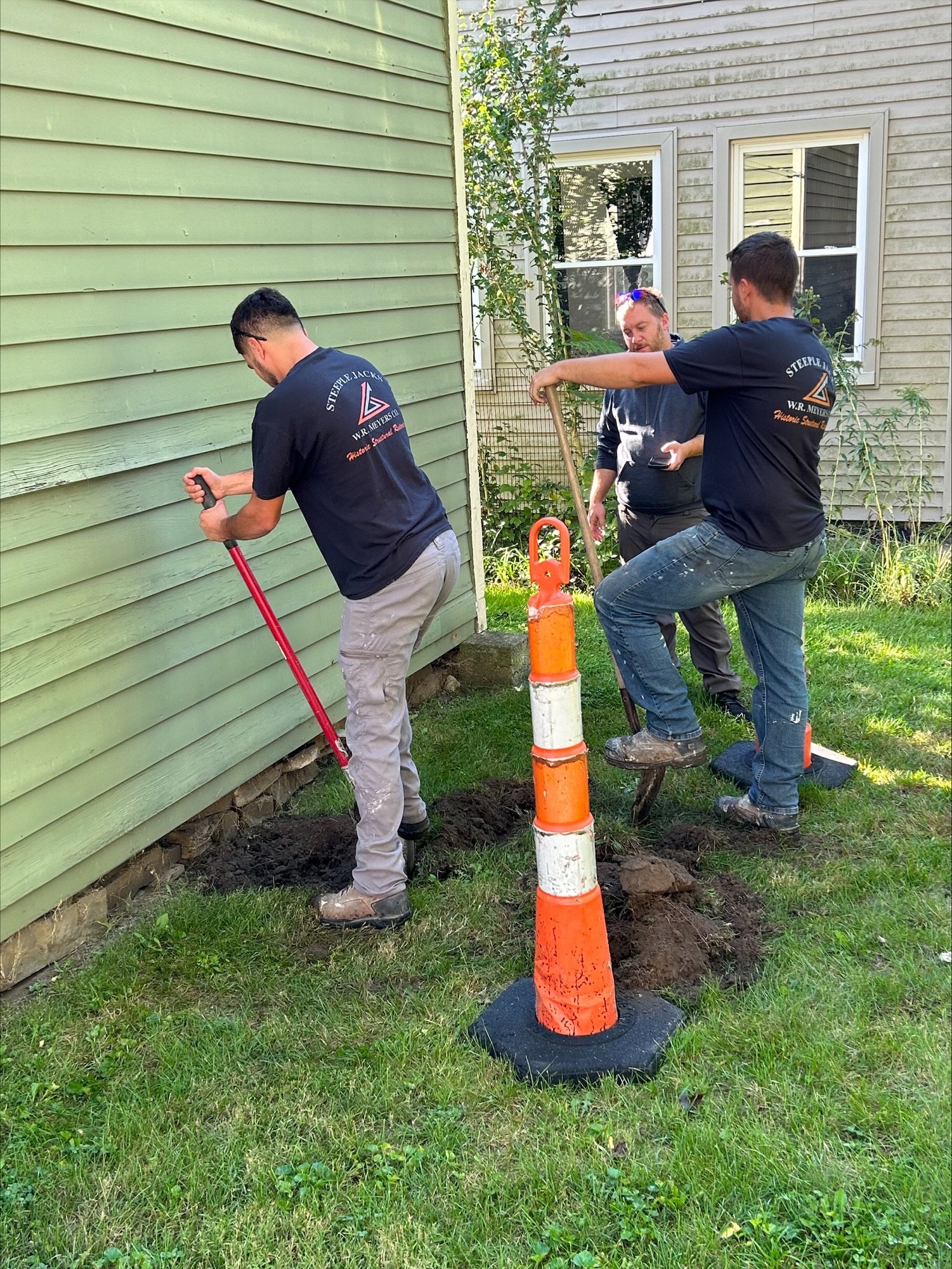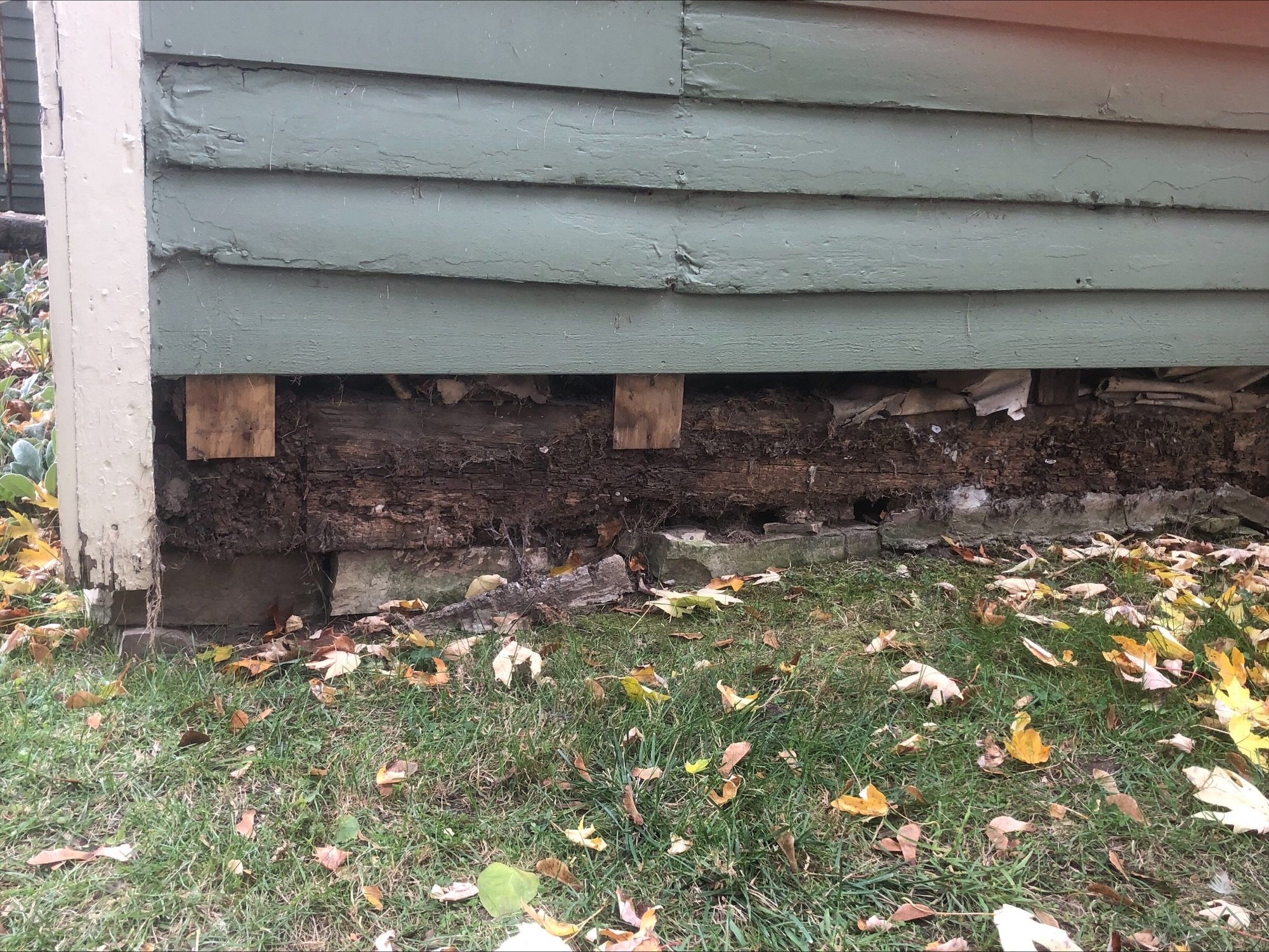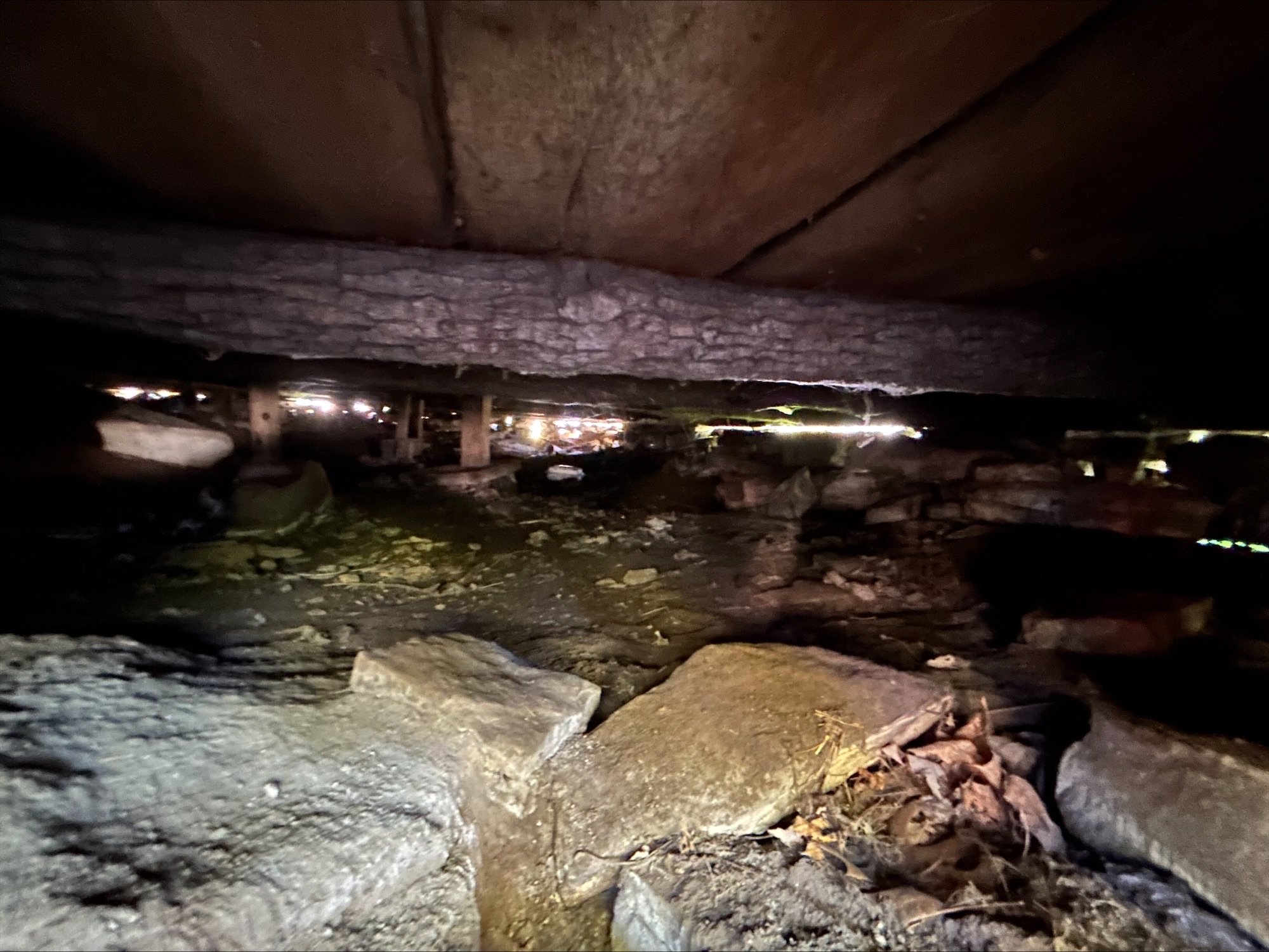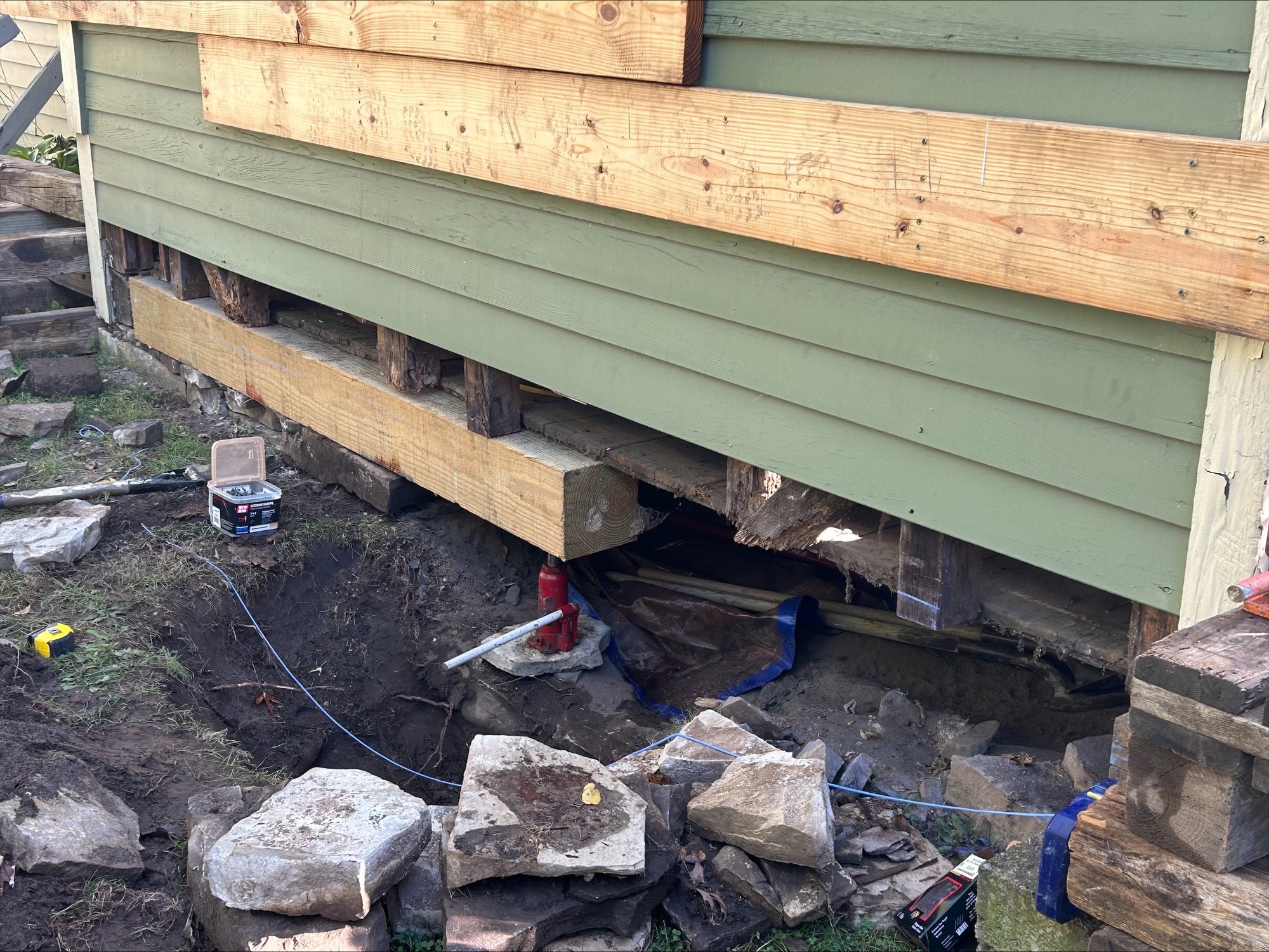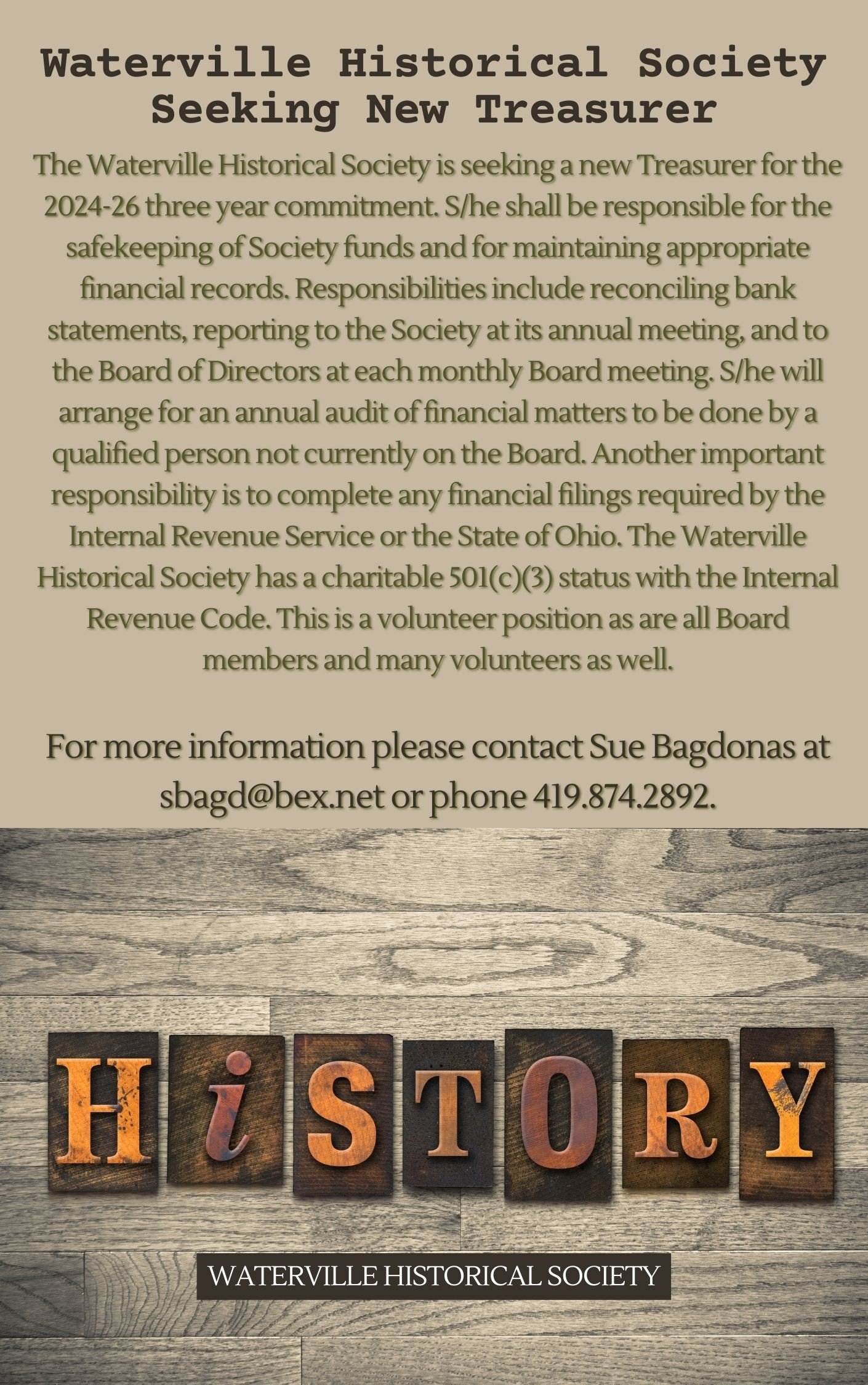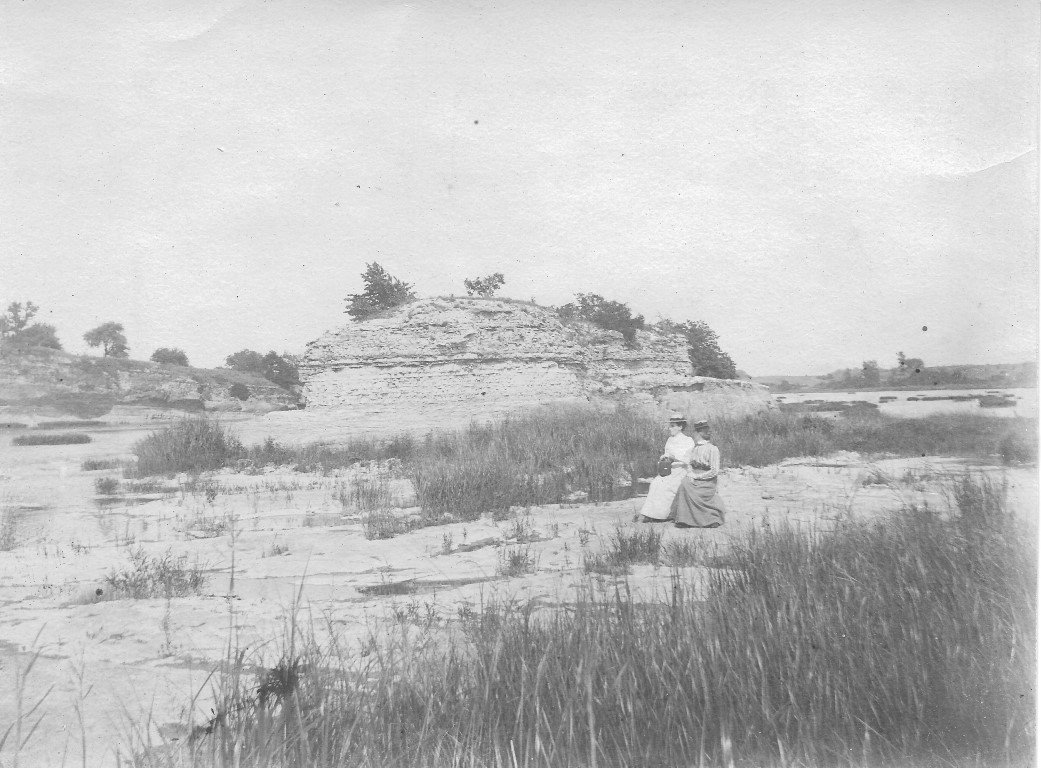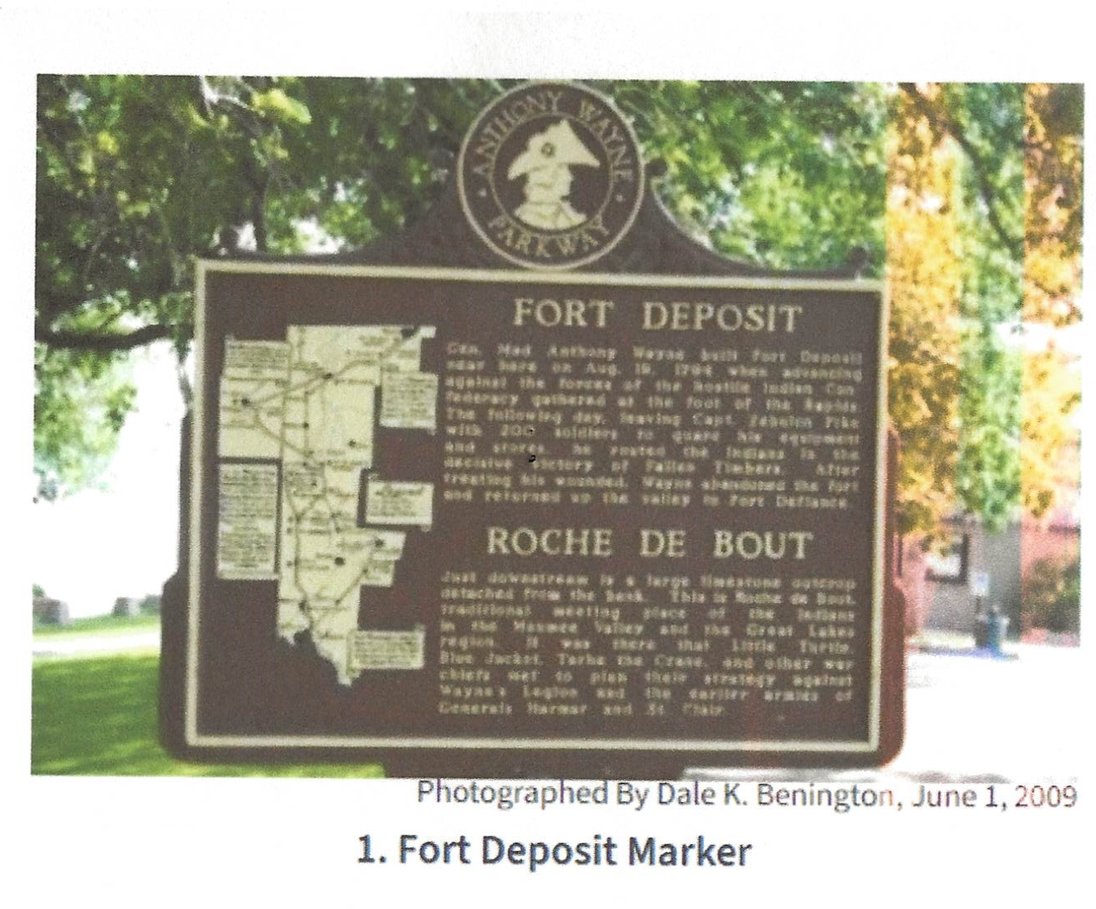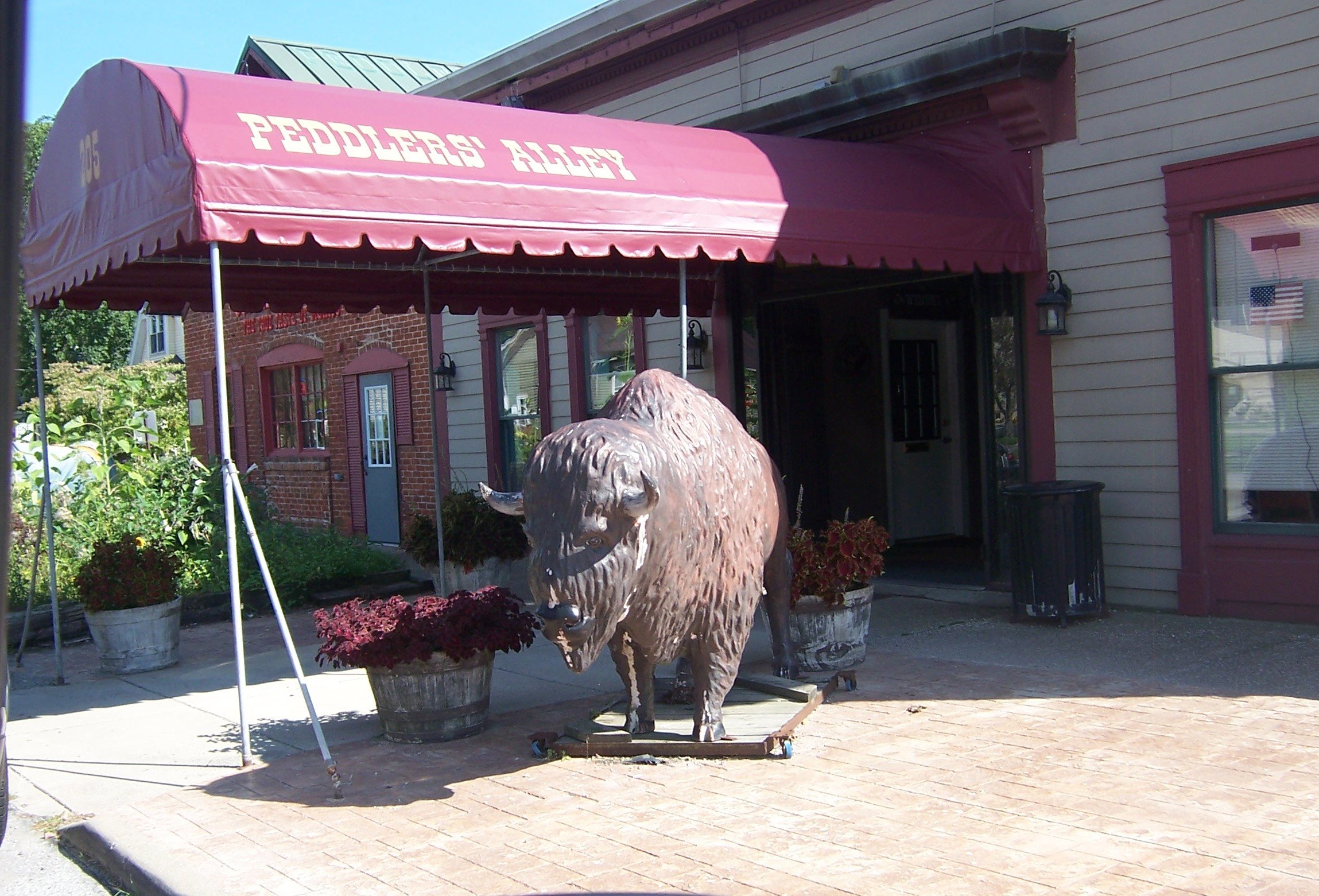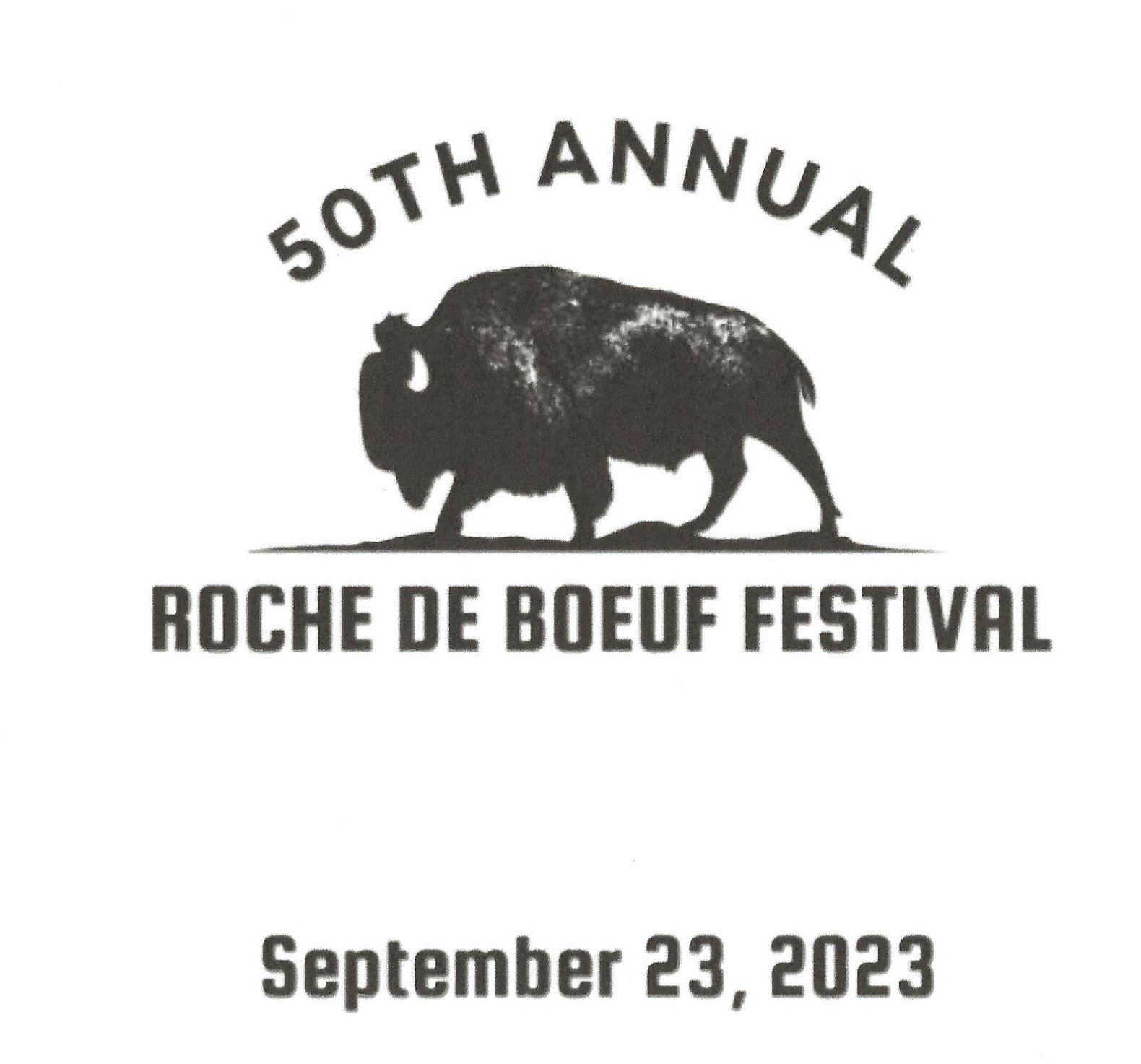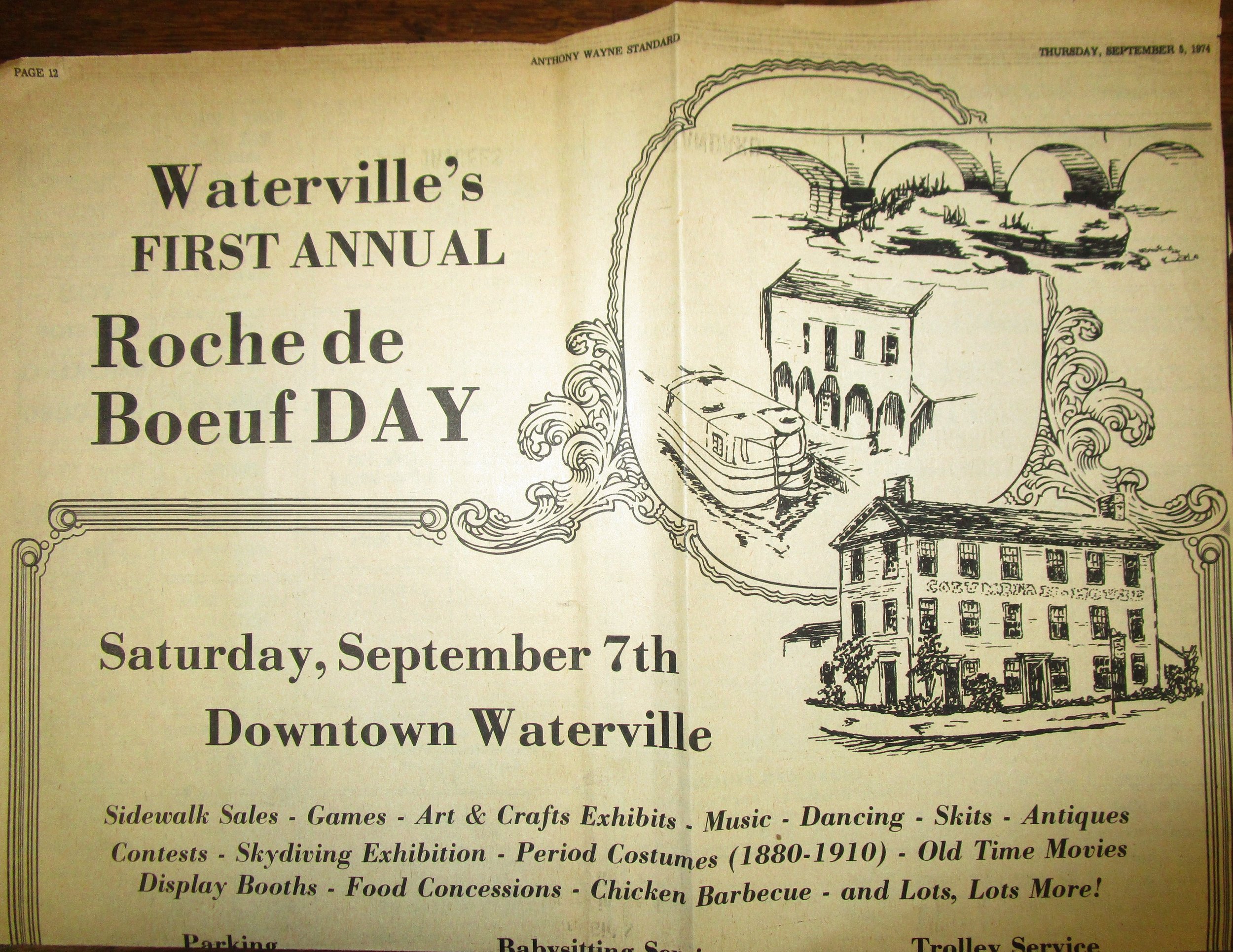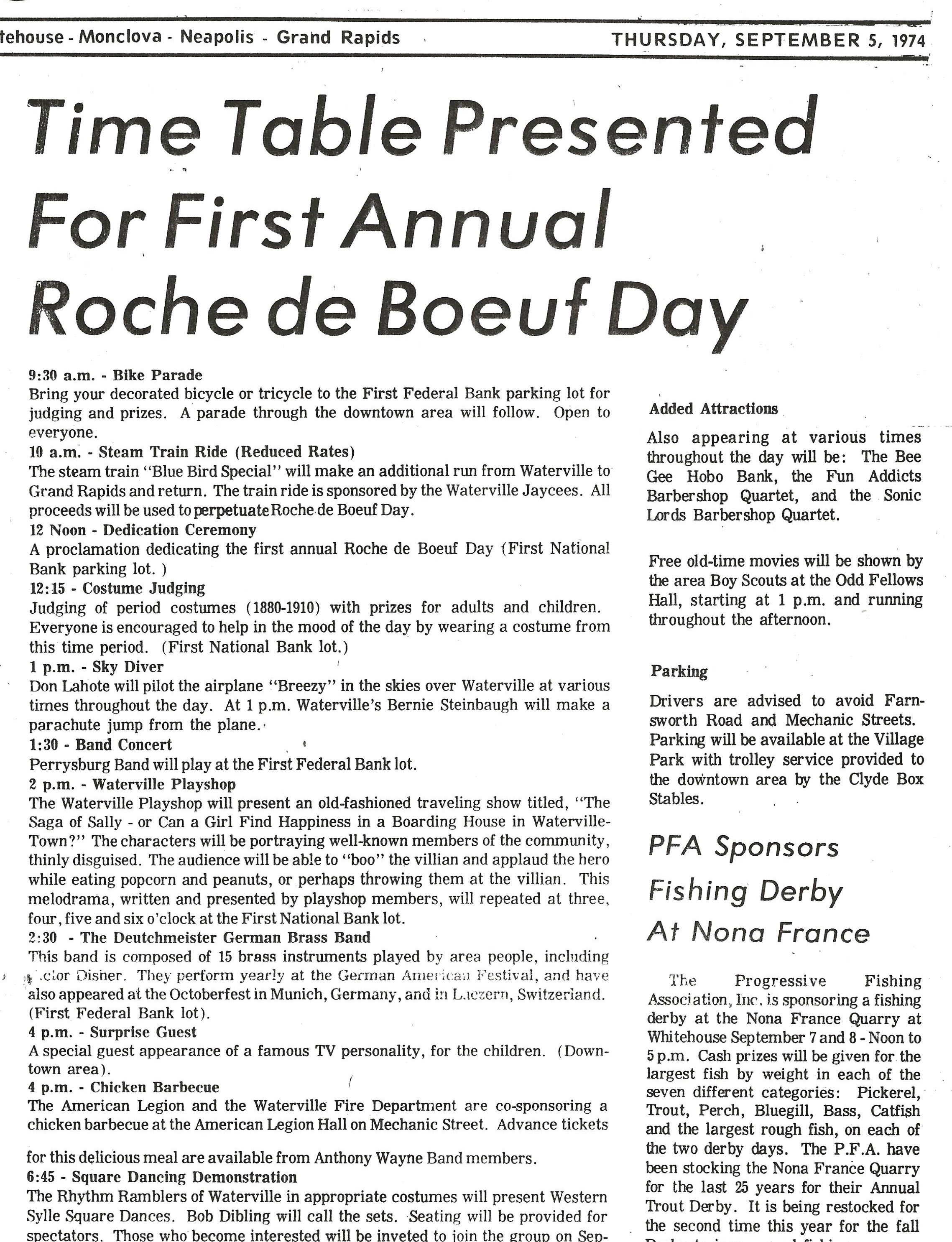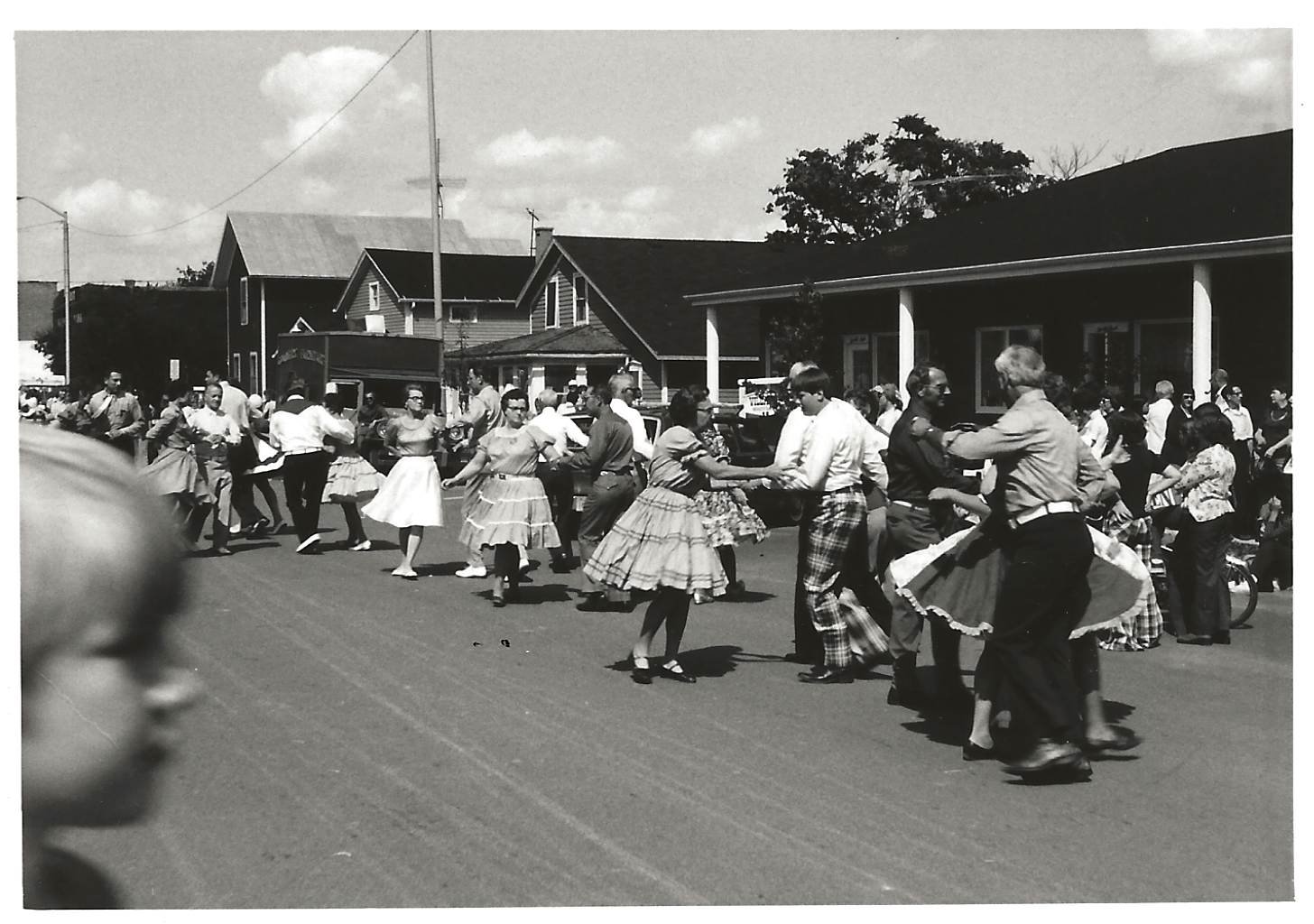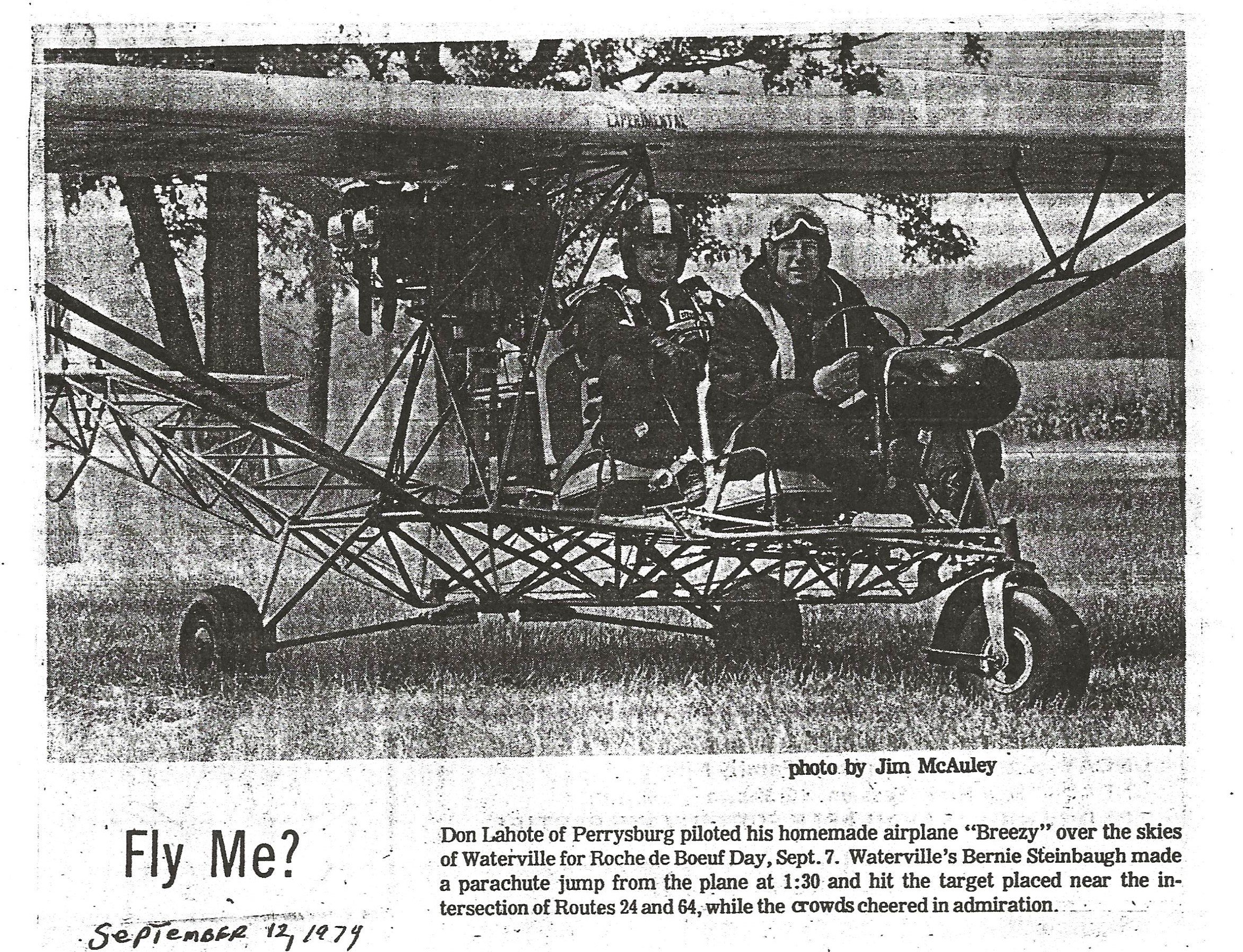THE DITCH BOOK
Much public discussion has appeared in the media recently about ditches and proper surface water drainage. These are not new problems. Much of Lucas County and Wood County are known to be “table flat” and the drainage of the Great Black Swamp by construction of a system of ditches is well documented. It seems water wants to accumulate where we want to grow something or build something, which affects the value of our land. We at the Wakeman Archives found, among the early Waterville Township records recently donated for our safe-keeping, a book simply called “the Ditch Journal”. This book documents the origin and upkeep of many of our local ditches created from the 1860s to about 1915. The process, probably about the same as it is today, is as follows:
A land owner (farmer) perceives a drainage problem. Perhaps his newly planted crop was washed out. Land owner checks with his neighbors and probably enlists some help to determine where a ditch could be placed to drain the excess water. Landowner then petitions the Township Trustees to cause a ditch to be constructed. Trustees appoint one or more of their members and usually an engineer and/or surveyor to visit the site or area and determine the need and proper placement of the proposed ditch. Township Trustees meet, approve the petition and location of the ditch (as a public benefit) and approve the engineer’s report regarding the size and profile of the ditch to ensure it is adequate to drain the land. The Trustees hire a crew to dig the ditch and the cost of Trustees time, the engineer’s time and the labor is assessed to the landowners as determined by the acres drained and the length of ditch across each property. Sometimes the acres drained were not crossed by any part of the ditch. An example of this process can be found on pages 4 and 5 (Engineer C.W Shoemaker’s report) and pages 70, 71, and 72 of the Trustees Journal for Township Ditch No. 12. John Dunkelberger petitioned the Waterville Twp. Trustees on June 7, 1877 to create a ditch in Twp. Section 24 (near Bailey and the river) signed by petitioners Dunkelberger, John Hertzfeld, Jacob Fancher, William Fancher , Levi Krotzer and Susan Wiles. The Trustees met at the proposed location on June 14, 1877 to confirm the need and agreed to employ C.W. Shoemaker as engineer. The Trustees met in formal session to formalize the creation of proposed ditch as a public benefit. C.W. Shoemaker’s report was filed on June 26th, the ditch was ordered to be constructed at the next meeting and to be completed by October 1877. Fourteen landowners were assessed for this ditch. The layout for this ditch was simple as it followed the roads along the section lines. Many others required more complicated survey work.
Now nature and human nature being what it is a ditch once established will often become weed choked and silted to the point it can no longer serve its intended function. The fix for this problem is much the same as construction. The affected land owner must petition the Trustees to have the ditch cleaned and repaired. Trustees meet and view the damaged ditch, agree that it must be cleaned and in a subsequent meeting direct the township clerk to notify the land owners whose land is drained by the faulty ditch and direct them to clean out their assigned sections of the ditch. An engineer is hired to make sure the ditch is restored to its original specification and see that repairs are made as needed. A final report is sent to the Trustees. These costs are assessed to the land owners of record which must be paid by a set date or the assessment is sent to the Lucas County Auditors to be added to their tax bill.
Many of these ditches created in the late 1800s are still there, functioning as they always have. Others have been replaced by drainage tile but still drain their intended area. Some have been swallowed by urban expansion where street drains and trunk lines have been established.
We take no position on any controversy regarding area drainage. This article is intended to explore the origin of our township drainage ditches. We must remind our readers, however, that all this drainage water ends up in Lake Erie.





















